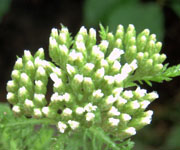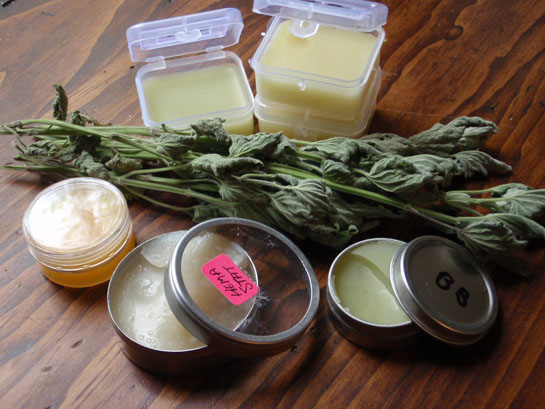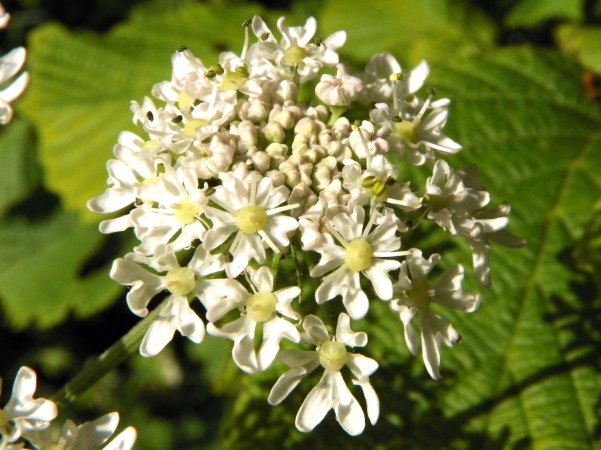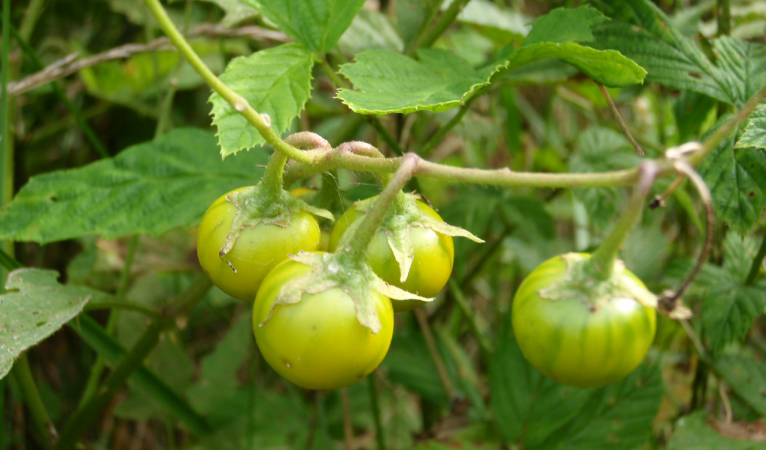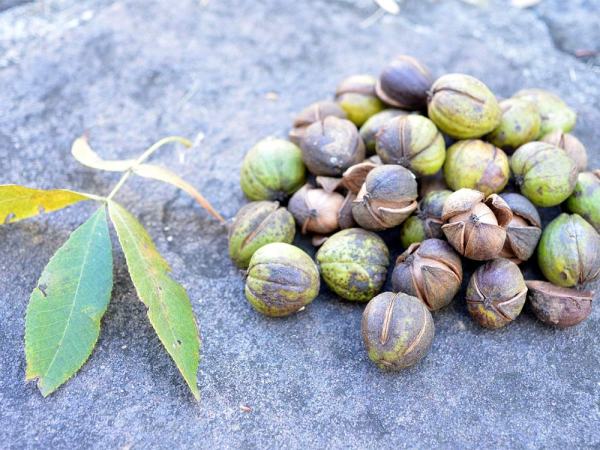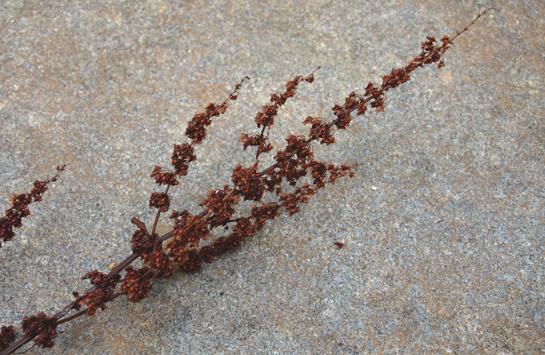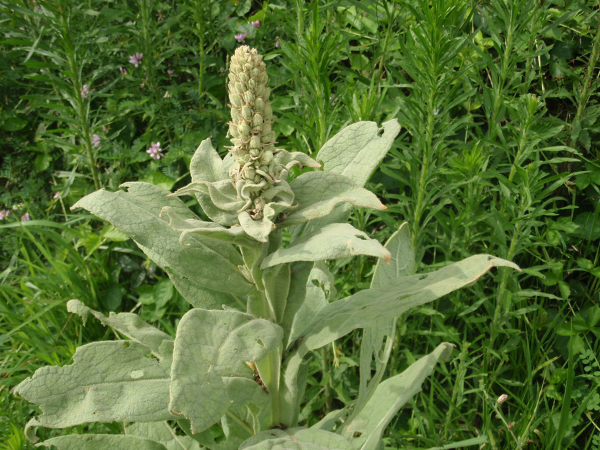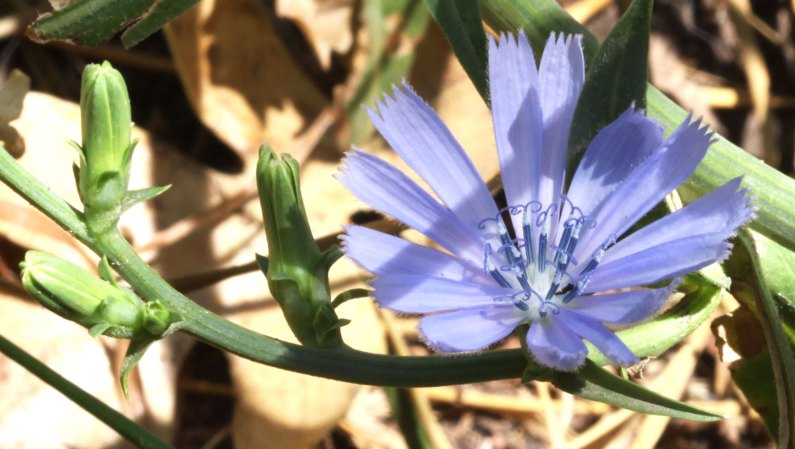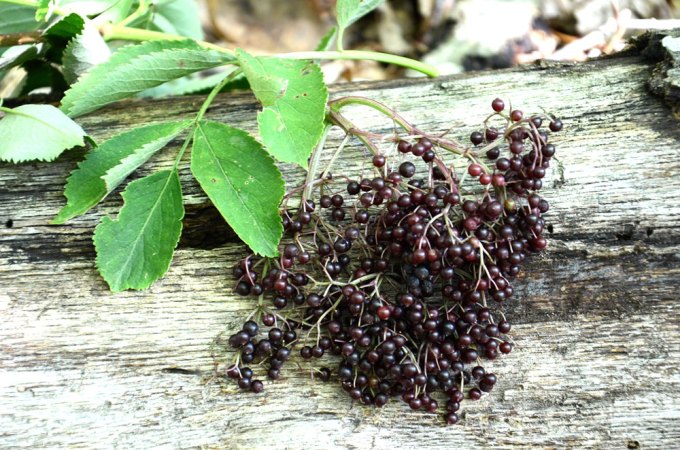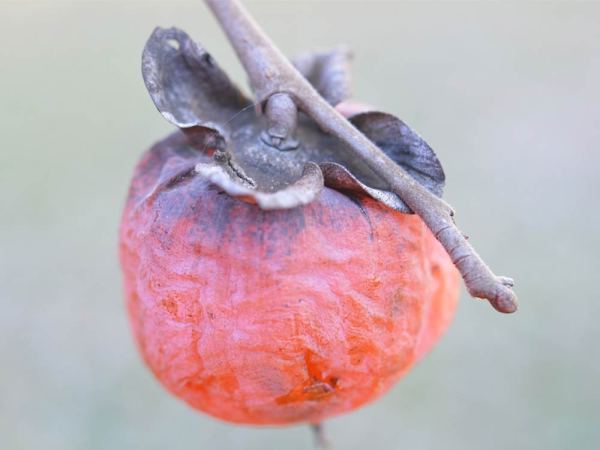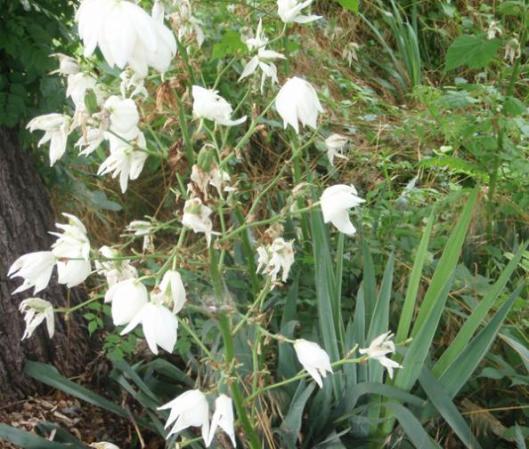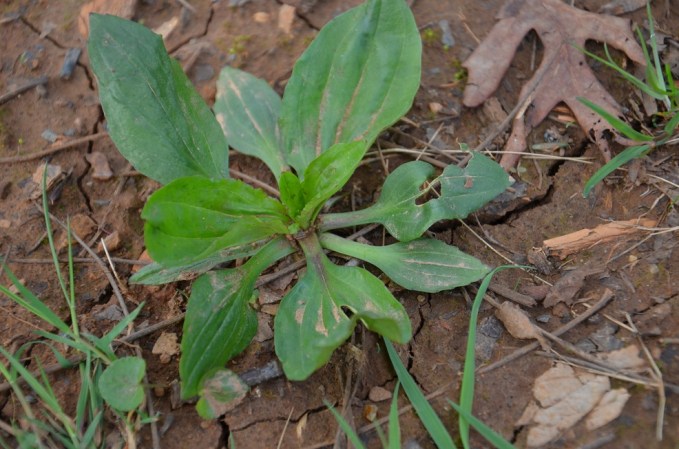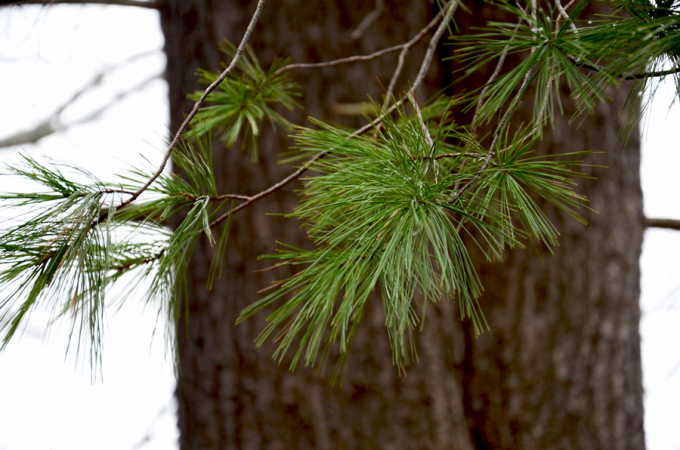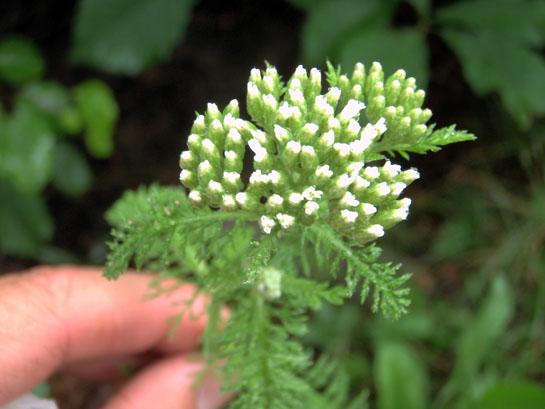
Before the commonplace drug store existed, our forebears found helpful medicinal compounds in the the plants that grew around them. Since store shelves today are stocked with medicines of every kind, it’s easy to forget that many of those medicines were first discovered in wild plants.
It should provide a sense of comfort to know that common injuries and ailments can be treated with common plants. One of the best of these medicinal plants is yarrow.
Yarrow (Achillea millefolium) was brought here by European settlers. The fern-like leaves can be found all year in the lower half of the country, but the biggest leaves will be found in summer. The plant blooms at the height of summer, with a stalk that is about two-feet tall and bearing a flat-topped cluster of white flowers. This flower cluster resembles Queen Anne’s Lace, but Yarrow has a triangular flower cluster, while Queen Anne’s lace is a round cluster of tiny white flowers.
When crushed, the leaves and flowers will have a pleasant, spicy smell. Most folks agree that it smells like rosemary, oregano and other cooking herbs blended together. The leaves should also be hairy or fuzzy, especially on the stems. If the leaves have smooth stems, do not even touch them. If you’ve already crushed them to smell the plant’s odor, go wash your hands immediately. Fool’s parsley and poison hemlock leaves look similar to yarrow leaves when they’re young, but are very poisonous and fatal if eaten, and will have a bad odor reminiscent of chemicals or cleaners.
The yarrow plant also has a long history as a powerful “healing herb” used topically for wounds, cuts and abrasions. The genus name Achillea is derived from mythical Greek character Achilles, who reportedly carried it with his army to treat battle wounds. This medicinal action is also reflected in some of the plant’s common names, such as staunchweed and soldier’s woundwort.
The leaves encourage clotting and are antiseptic. Yarrow was historically dried, powdered, and mixed with plantain or comfrey water (both were famous wound herbs), or used by itself fresh, as a poultice for wounds that would not stop bleeding.
